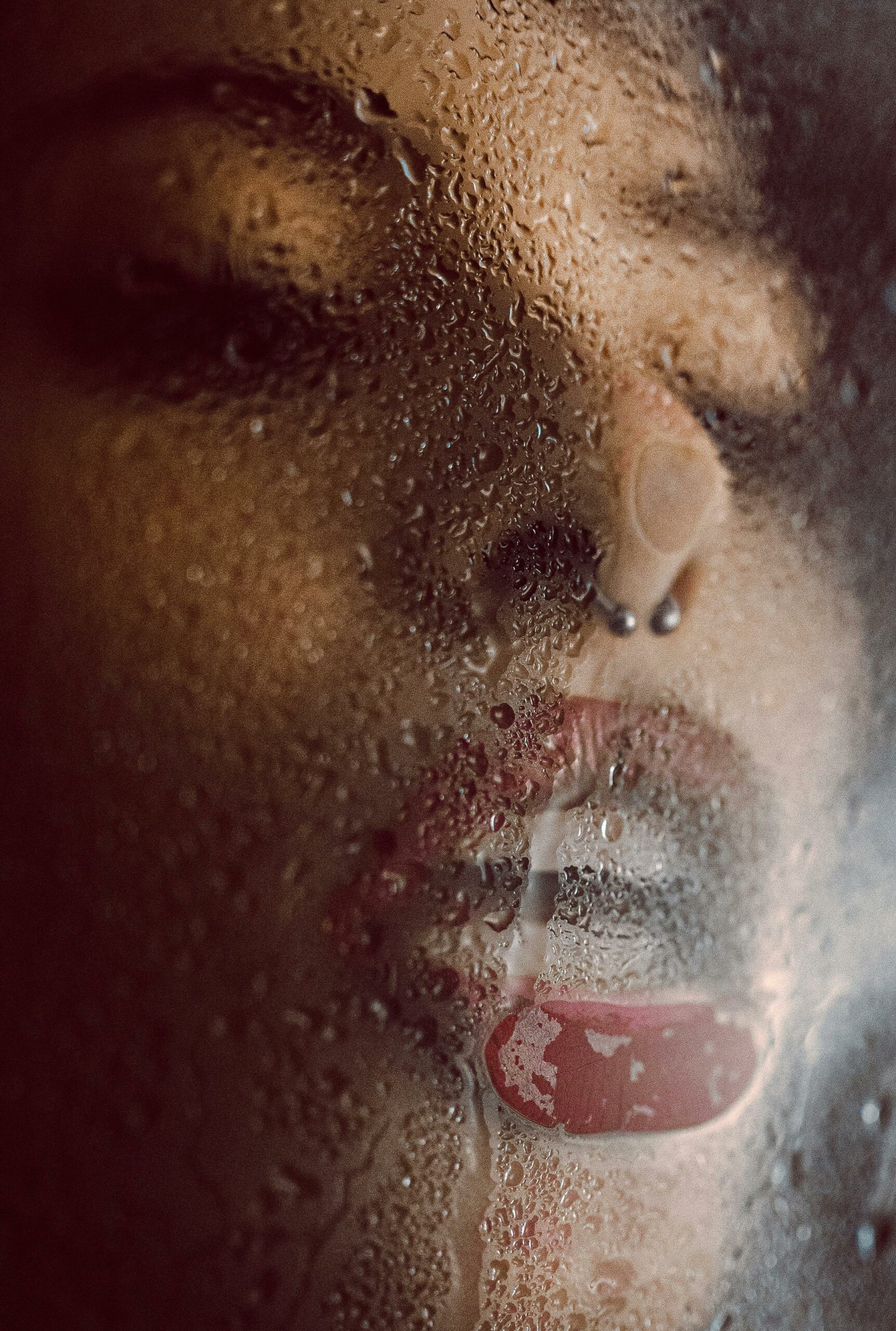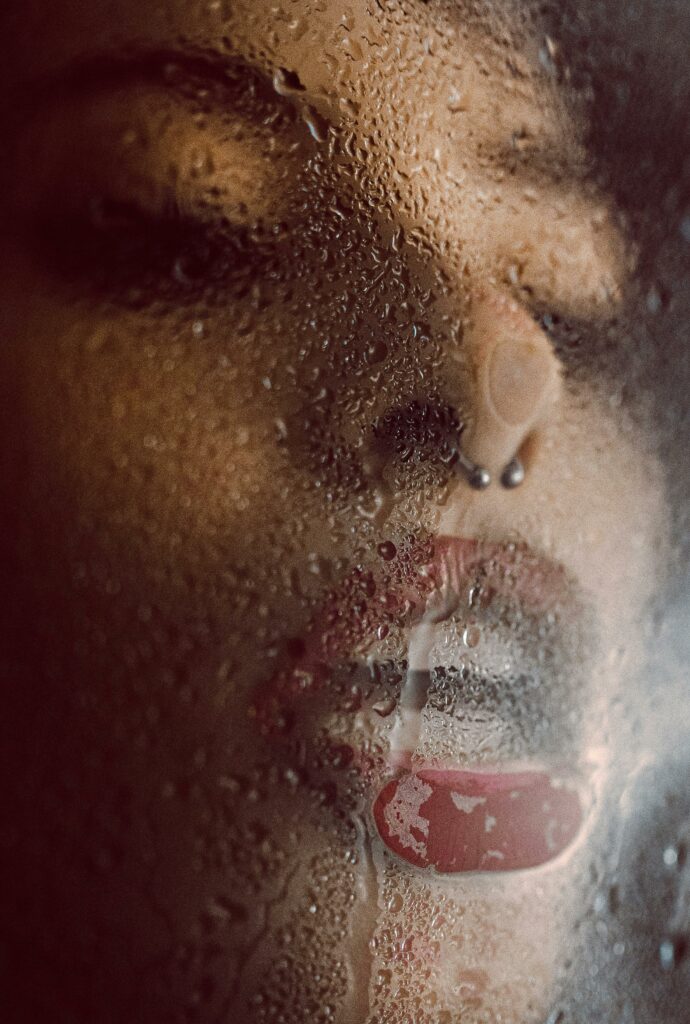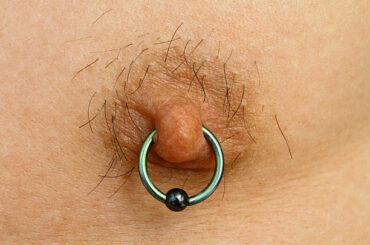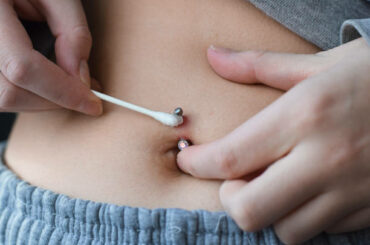Contents
Infected Piercing Removal
Body piercings are often a bold statement of self-expression and style, but what happens when your piercing journey takes an unexpected turn into the realm of infection? Dealing with an infected piercing is not only uncomfortable but can also pose serious health risks if left untreated. In this detailed guide, we will delve into the intricacies of infected piercing removal, covering everything from the causes of infections to the steps involved in safe removal and recovery.
Understanding Infected Piercings
Causes of Piercing Infections
Let’s imagine Sarah, a college student excited about her new belly button piercing. Despite following aftercare instructions diligently, Sarah finds herself grappling with redness and tenderness around the piercing site a few days later. The culprit? Bacterial contamination. Sarah’s piercing became a breeding ground for bacteria due to improper cleaning techniques and exposure to environmental pathogens.
Aside from improper aftercare, poor hygiene practices and low-quality jewelry can also contribute to piercing infections. For instance, imagine Alex, a music festival enthusiast who decides to get a nose piercing from a roadside vendor using non-sterile equipment. Unfortunately, Alex’s impulsive decision exposes him to a host of potential pathogens, leading to an infection that could have been prevented with proper precautions.
Signs and Symptoms of an Infected Piercing
Identifying an infected piercing is essential for prompt intervention and treatment. Imagine Mia, who notices swelling, warmth, and yellowish discharge around her earlobe piercing. Initially dismissing it as part of the healing process, Mia’s symptoms worsen, accompanied by fever and fatigue. Recognizing the severity of her condition, Mia seeks medical attention and discovers she has a severe bacterial infection requiring immediate removal of her earring.
Risks Associated with Untreated Infections
Ignoring an infected piercing can have dire consequences, as bacteria can infiltrate deeper layers of tissue, leading to abscess formation and systemic infections. Take Jake, for example, whose neglected lip piercing developed into a painful abscess, requiring surgical drainage and antibiotics to prevent further complications. Jake’s experience underscores the importance of early detection and proactive treatment to safeguard against potential risks.
Assessment and Diagnosis
Visual Examination of the Piercing Site
Upon noticing symptoms of infection, it’s crucial to conduct a visual examination of the piercing site. Imagine Taylor, who notices redness and swelling around her eyebrow piercing. Using a magnifying mirror, Taylor inspects the area for signs of infection, noting the presence of pus and tenderness. Concerned about the progression of her symptoms, Taylor decides to seek medical advice to address the issue promptly.
Seeking Professional Medical Advice
In cases where home remedies fail to alleviate symptoms, seeking professional medical advice is paramount. Consider Rachel, who experiences persistent pain and discharge from her nipple piercing despite meticulous care. Rachel consults a piercing specialist who performs a thorough assessment and recommends removal of the jewelry to prevent further complications. Rachel’s proactive approach highlights the importance of proactive intervention in managing piercing infections.
Diagnostic Tests and Procedures
To determine the underlying cause of the infection, healthcare providers may perform diagnostic tests such as microbial cultures and sensitivity testing. Imagine Chris, whose tongue piercing becomes inflamed and painful following a night of heavy drinking. Concerned about the possibility of a bacterial infection, Chris undergoes microbial testing, which confirms the presence of pathogenic bacteria. Armed with this information, Chris’s healthcare provider prescribes targeted antibiotics to combat the infection effectively.
Initial Care and Management
Importance of Proper Hygiene
Maintaining proper hygiene is essential for preventing and managing piercing infections. Take Emily, for instance, who diligently cleans her newly pierced nose with saline solution twice daily. By adhering to a strict cleaning regimen, Emily minimizes the risk of bacterial contamination and promotes optimal healing of her piercing.
Avoiding Irritants and Allergens
During the healing process, it’s crucial to avoid potential irritants and allergens that may exacerbate the infection. Imagine Tyler, whose earlobe piercing becomes inflamed after wearing cheap, nickel-plated earrings. Recognizing the allergic reaction, Tyler switches to hypoallergenic jewelry, alleviating his symptoms and promoting healing of the piercing site.
Home Remedies for Mild Infections
For mild infections, home remedies such as warm saline soaks and chamomile compresses can provide soothing relief and promote healing. Take Olivia, for example, whose eyebrow piercing becomes red and tender after accidentally bumping it. By applying warm compresses twice daily, Olivia reduces inflammation and facilitates drainage of pus, hastening the resolution of her infection.
Consulting a Professional
When to Seek Professional Help
If home remedies fail to alleviate symptoms or if the infection worsens, it’s crucial to seek professional help promptly. Imagine Ethan, whose nipple piercing becomes increasingly painful and swollen despite diligent care. Recognizing the urgency of his situation, Ethan consults a piercing specialist who recommends removal of the jewelry to prevent further complications. Ethan’s proactive approach underscores the importance of timely intervention in managing piercing infections.
Choosing a Qualified Piercing Specialist
When seeking professional help, it’s essential to choose a reputable piercing studio staffed by experienced practitioners. Consider Ava, who researches local piercing studios and reviews customer testimonials before scheduling an appointment. By selecting a qualified piercing specialist, Ava ensures that her piercing removal procedure is performed safely and hygienically.
Importance of Timely Intervention
Timely intervention is crucial for preventing the spread of infection and minimizing the risk of complications. Imagine Noah, whose lip piercing becomes infected after accidentally biting it while eating. Recognizing the severity of his condition, Noah seeks medical attention, where his healthcare provider promptly removes the jewelry and prescribes antibiotics. Noah’s proactive approach highlights the importance of seeking timely intervention in managing piercing infections.
Infected Piercing Removal Process
Preparing for the Procedure
Before the removal procedure, your healthcare provider will assess the extent of the infection and discuss the treatment plan with you. They may administer local anesthesia to minimize discomfort during the procedure and ensure a smooth removal process. Follow any pre-procedural instructions provided by your healthcare provider to optimize the outcome.
Anesthesia and Pain Management
During the removal procedure, you may experience mild discomfort or pressure as the jewelry is carefully extracted from the piercing site. However, the use of local anesthesia helps alleviate pain and ensures a relatively painless experience. If you have any concerns or apprehensions, don’t hesitate to communicate with your healthcare provider—they’re there to support you every step of the way.
Techniques for Piercing Removal
Depending on the severity of the infection and the type of piercing, various techniques may be employed for safe removal. Your healthcare provider may use sterile instruments to gently dislodge the jewelry and cleanse the affected area. Once the piercing is removed, they’ll provide post-procedural instructions to promote optimal healing and minimize the risk of recurrence.
Aftercare and Recovery
Wound Care Instructions
After the piercing removal, diligent wound care is essential for promoting healing and preventing reinfection. Clean the area with a saline solution or prescribed antiseptic solution as directed by your healthcare provider. Apply a thin layer of antibiotic ointment and cover the wound with a sterile dressing to protect it from external contaminants.
Potential Complications and How to Address Them
While most piercing removals proceed smoothly, complications such as bleeding, hematoma, or allergic reactions may occur in rare cases. If you experience persistent pain, excessive bleeding, or signs of infection, notify your healthcare provider immediately. They can evaluate the situation and recommend appropriate interventions to address any complications effectively.
Follow-Up Appointments and Monitoring
Attend scheduled follow-up appointments to monitor the progress of your healing and address any concerns or questions you may have. Your healthcare provider will assess the wound site, remove sutures if necessary, and provide guidance on transitioning to a regular skincare routine. By adhering to their recommendations, you can expedite the healing process and minimize the risk of complications.
Preventing Future Infections
Importance of Proper Piercing Technique
When considering a new piercing, choose a reputable studio that follows strict sterilization protocols and uses high-quality, hypoallergenic jewelry. Ensure that the piercing is performed by a trained professional using sterile equipment to reduce the risk of infection. Remember, investing in quality upfront can save you from future complications down the line.
Choosing High-Quality Jewelry and Materials
Opt for jewelry made from biocompatible materials like titanium, niobium, or surgical-grade stainless steel to minimize the risk of allergic reactions and infections. Avoid cheap or decorative jewelry with nickel or other allergenic metals, as they can trigger adverse reactions and compromise your skin’s integrity. Prioritize safety and comfort when selecting jewelry for your piercings.
Maintaining Good Piercing Hygiene Practices
Once you’ve got your piercing, prioritize proper aftercare to prevent infections and promote optimal healing. Clean the piercing site regularly with saline solution and avoid touching it with unwashed hands. Resist the temptation to change or rotate the jewelry prematurely, as this can disrupt the healing process and increase the risk of complications.
Addressing Common Concerns and FAQs
Pain Management during Removal
Local anesthesia is commonly used during piercing removal procedures to minimize discomfort and ensure a smooth experience. If you experience any discomfort or anxiety, don’t hesitate to communicate with your healthcare provider—they can adjust the anesthesia or provide additional support to alleviate your concerns.
Scarring and Healing Expectations
While some scarring may occur following piercing removal, diligent wound care and proper aftercare can help minimize its appearance over time. Follow your healthcare provider’s instructions carefully and avoid picking at or aggravating the wound site to promote optimal healing and reduce the risk of scarring.
Resuming Normal Activities after Removal
Once the wound has healed, you can gradually resume your normal activities and routines. However, it’s essential to avoid activities that may irritate or traumatize the healing tissue, such as vigorous exercise or exposure to harsh chemicals. Listen to your body and prioritize self-care as you navigate the post-removal recovery process.
Conclusion
Infected piercing removal is a multifaceted process that demands careful consideration and expert guidance. By understanding the causes of infections, recognizing the signs and symptoms, and seeking timely medical intervention, you can navigate the challenges of piercing infections with confidence and resilience. Remember, your health and well-being are paramount—don’t hesitate to prioritize them throughout your piercing journey. With the right support and resources, you can bid farewell to your infected piercing and embark on a path towards healing and renewal.








